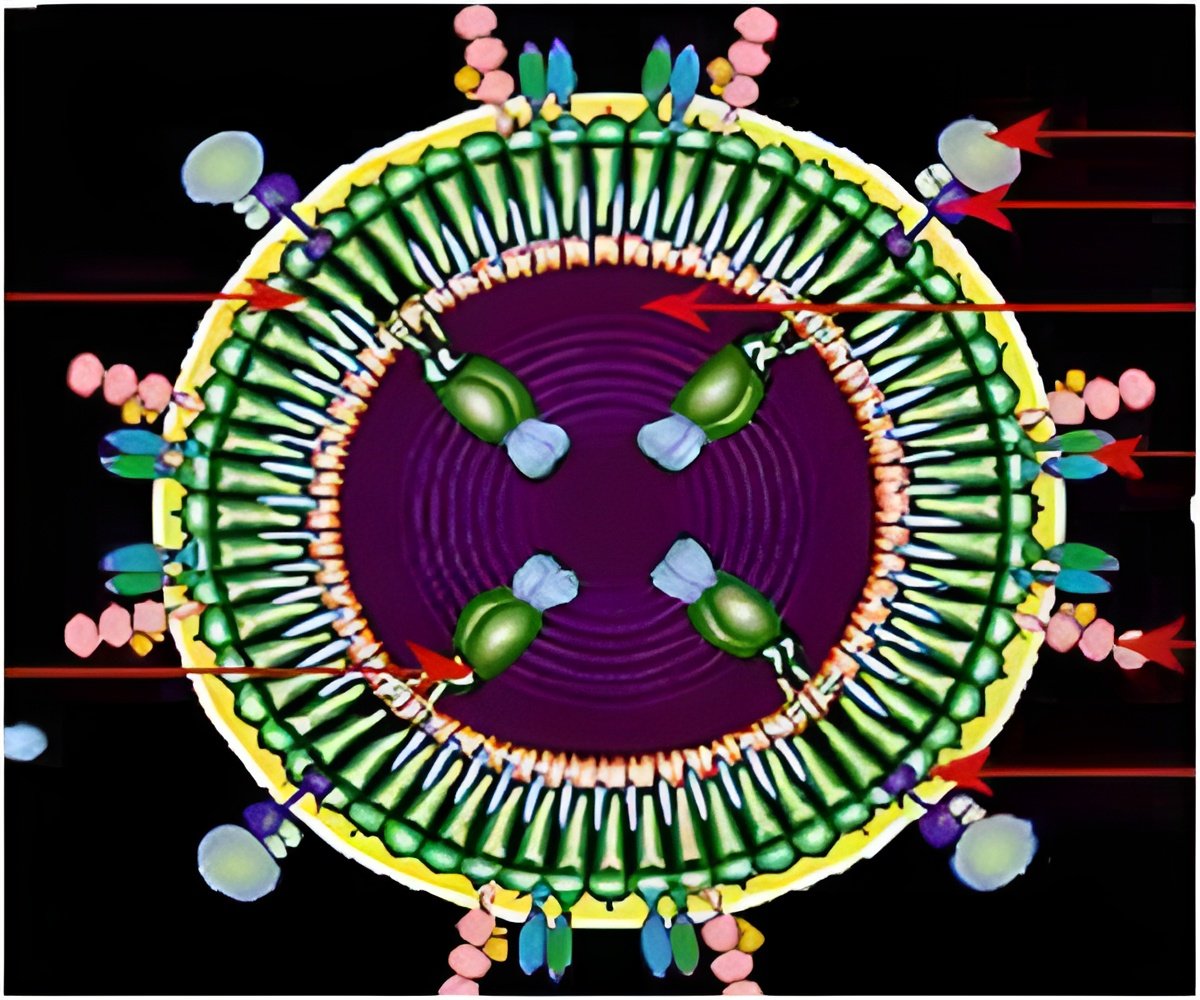Recent research has highlighted that the advent of antiretroviral therapy (ART) has transformed HIV from a death sentence into a chronic disease.

The retrospective study of the HIV Research Network followed 521 patients over an eight-year span, from 2002 to 2010. The median age of care increased from 14 to 18 years. During that time, the proportion of those prescribed ART rose from 67.4% to 84.1% and virologic suppression rose from 35.5% to 63%. Looking at two time scales—the age of the patient vs. the calendar year—the authors saw that the earlier calendar year of patient entry was a greater predictor of higher viremia and advanced immunosuppression over time. This indicates that advances in ART therapy have bisected this population, with those who came after the advent of ART entering adolescence with better virologic control.
- Changes in Advanced Immunosuppression and Detectable HIV Viremia Among Perinatally HIV-Infected Youth in the Multisite United States HIV Research Network
- A School-Located Vaccination Adolescent Pilot Initiative in Chicago: Lessons Learned
- Adherence to Immunoprophylaxis Regimens for RSV Infection in Insured and Medicaid Populations
- Spectrum of disease in children treated for tuberculosis at a tertiary children's hospital in Australia.
- Epidemiology of infant salmonellosis in the United States, 1996: a Foodborne Diseases Active Surveillance Network (FoodNet) study
- Effects of Rhinovirus Infection on Nasopharyngeal Bacterial Colonization in Infants with Wild or Variant Types of Mannose-Binding Lectin and Toll-like Receptors 3 and 4
- Invited Review: Treatment of Latent Tuberculosis Infection in Children
- Vancomycin Dosing Practices, Trough Concentrations, and Predicted Area Under the Curve in Children with Suspected Invasive Staphylococcal Infections
- Pediatric Risk Factors for Candidemia Secondary to Candida glabrata and Candida krusei Species
- Variability in the diagnosis of encephalitis by pediatric subspecialists: the need for a uniform definition















